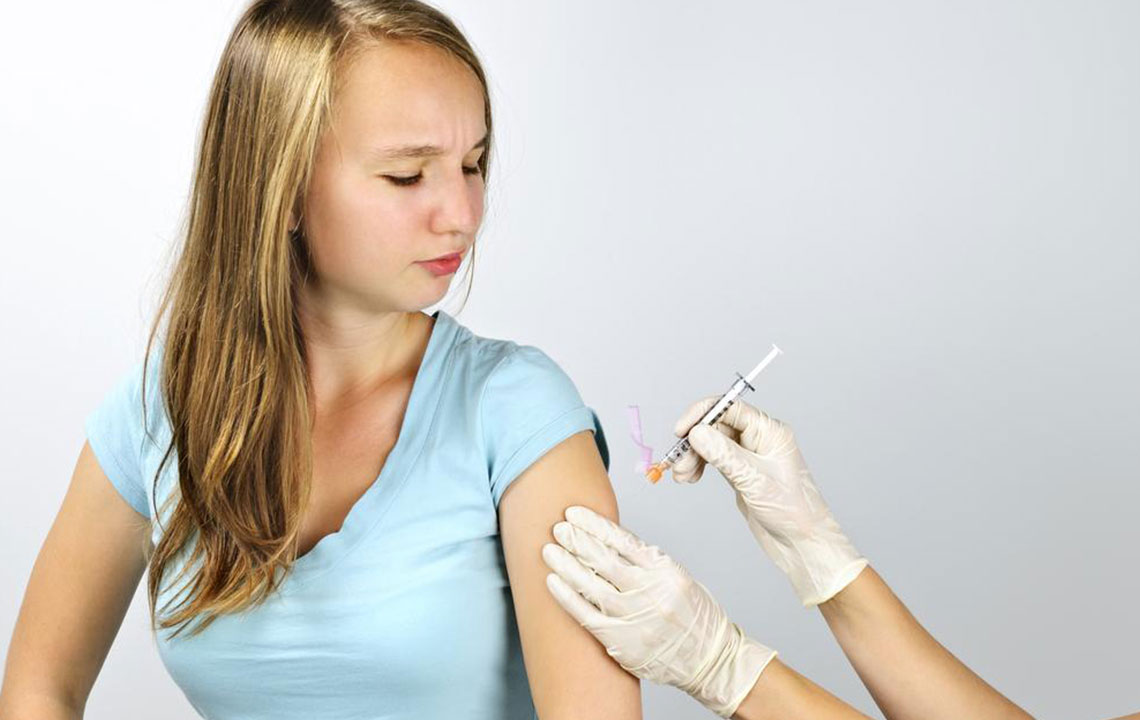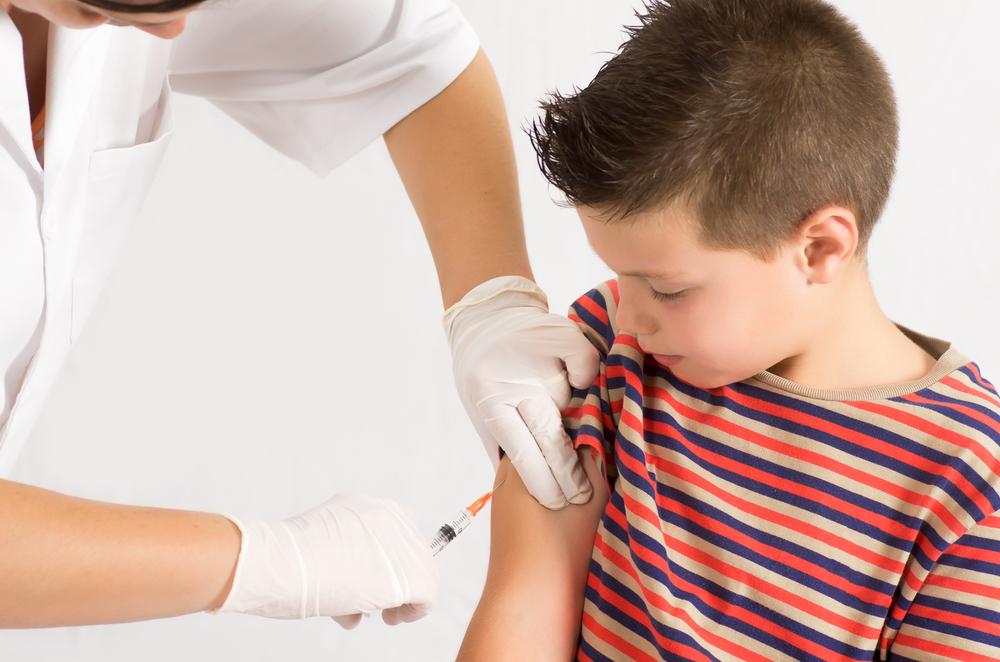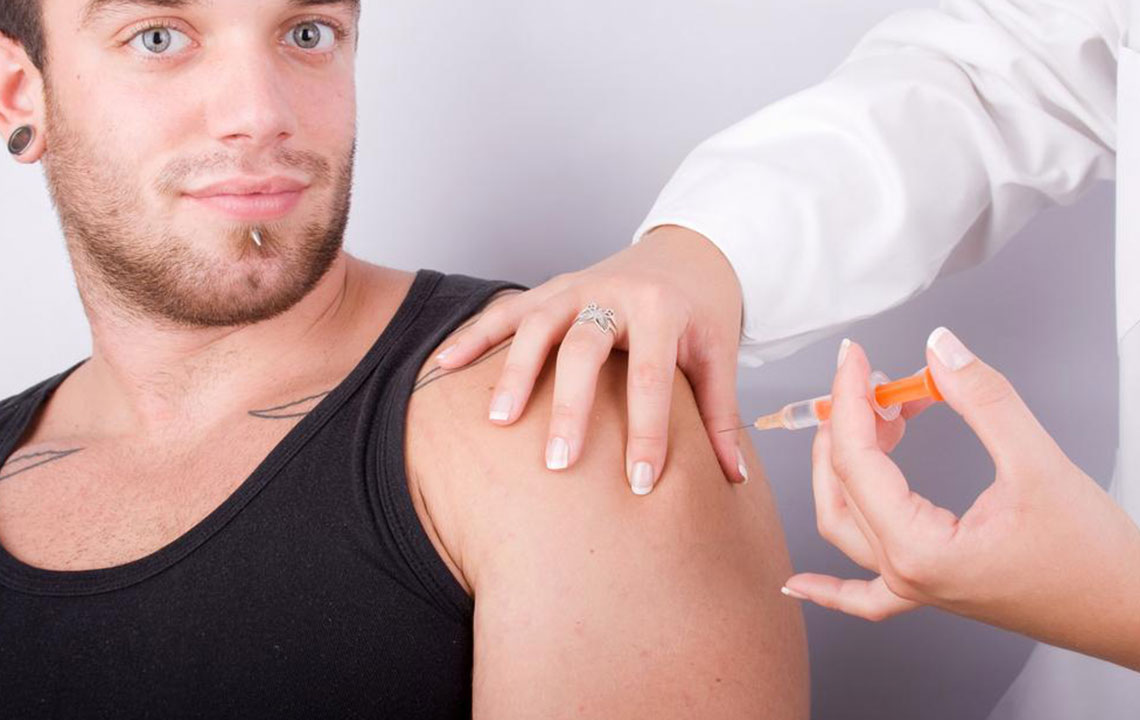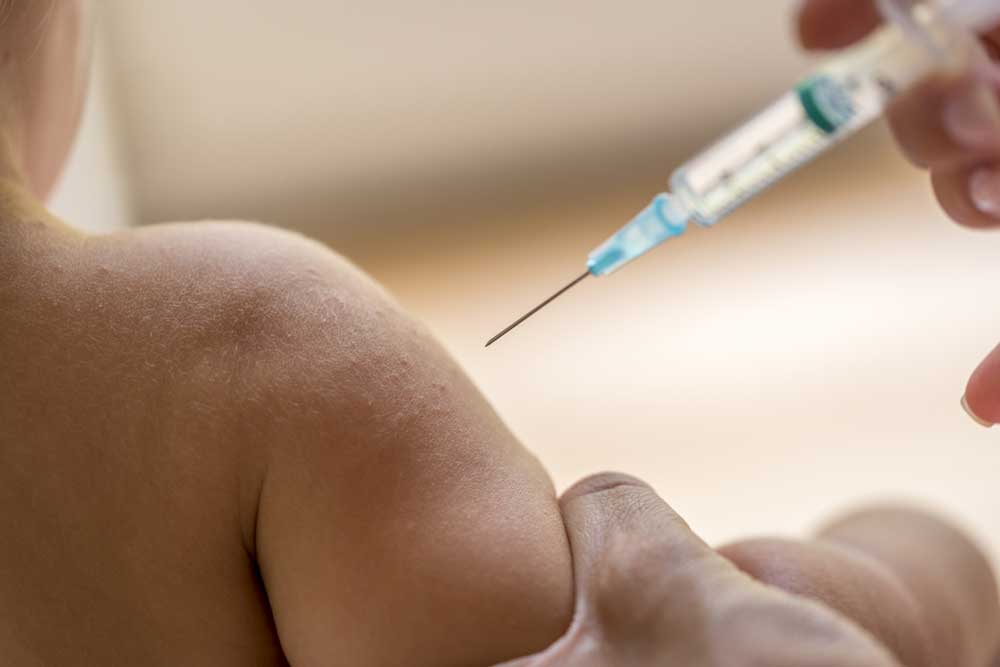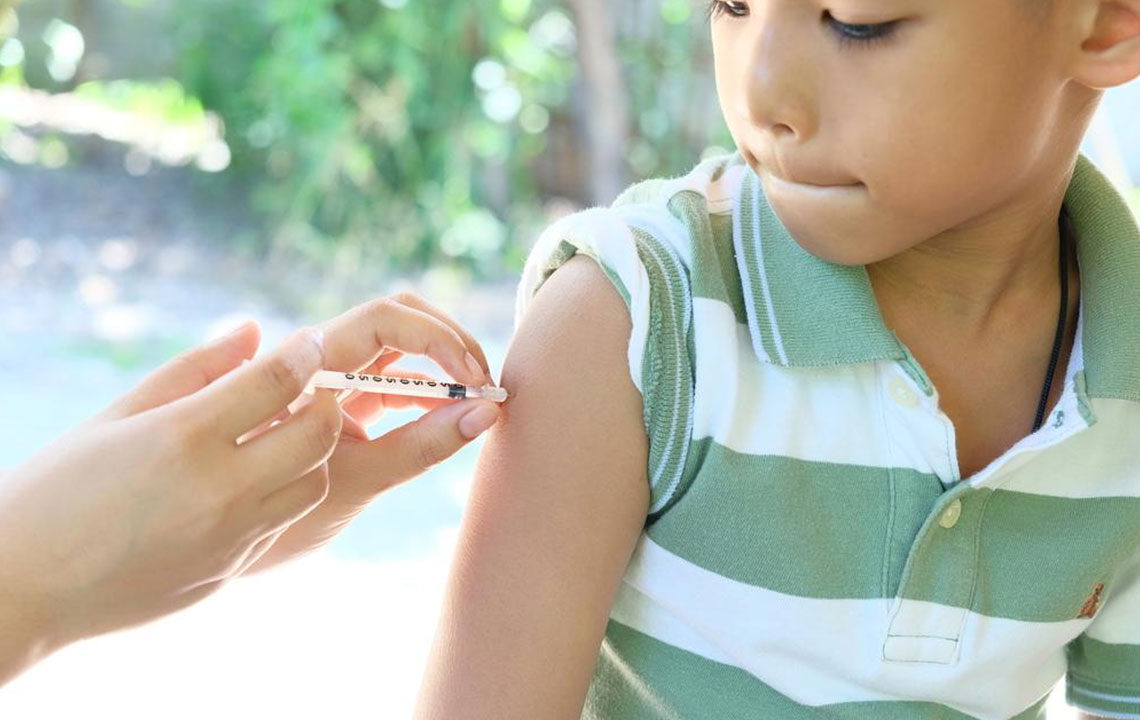Comprehensive Childhood Immunization Schedule: Protecting Kids from Birth to Adolescence
This comprehensive guide provides an in-depth overview of the childhood vaccination schedule, emphasizing the importance of timely immunizations from birth through adolescence. It highlights key vaccines, schedules, and safety tips, ensuring children are protected against preventable diseases and promoting community health. The article also offers practical advice for parents to stay informed and adhere to CDC recommendations, optimizing health outcomes for young children and teenagers.
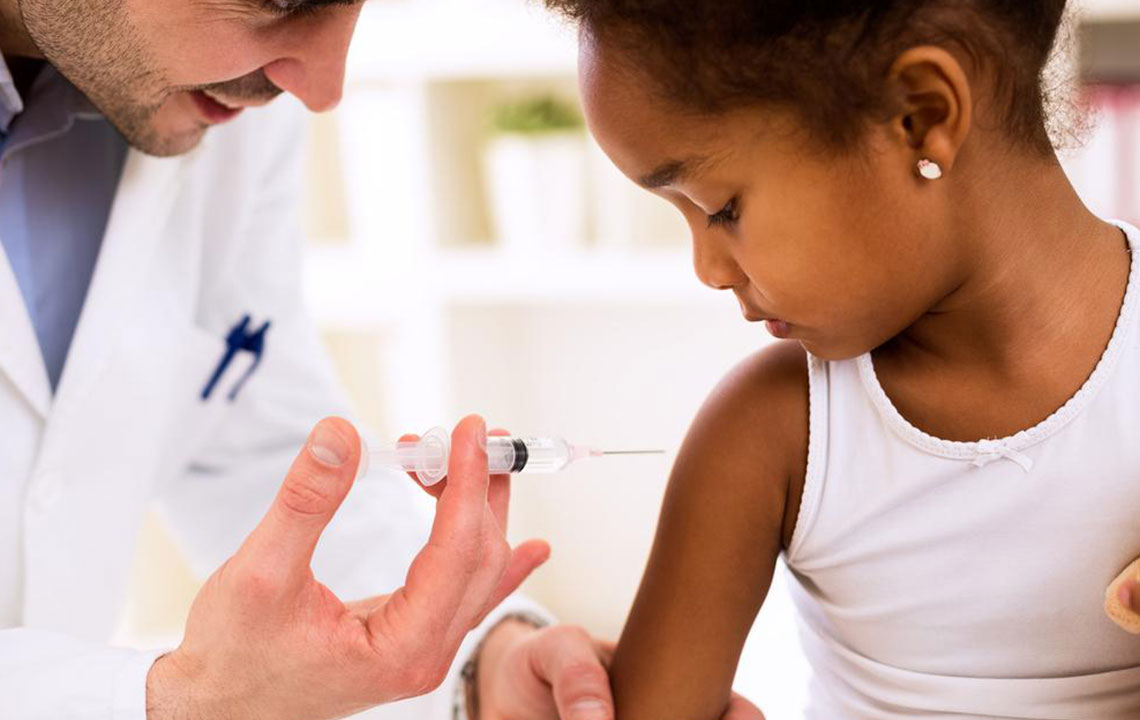
Essential Vaccination Timeline for Infants and Young Children
Ensuring healthy development for children starts with proactive prevention methods, among which immunizations play a vital role. Vaccination not only helps eliminate life-threatening diseases but also promotes overall community health by reducing disease spread. For parents, understanding the recommended immunization schedule is key to safeguarding their child's health. The Centers for Disease Control and Prevention (CDC) offers a detailed and evidence-based vaccination timetable tailored according to age, disease risk, vaccine effectiveness, and regional epidemiological data, primarily focusing on the United States health context.
In the United States, children are advised to receive a total of 14 essential vaccines throughout their developmental years, from birth up to 18 years old. By the time children reach age 6, they typically have received around 36 doses covering a broad spectrum of infectious diseases. Here is an expanded overview of the standard immunization plan for children from birth through early childhood:
At Birth: Hepatitis B vaccine (HepB) — This initial dose is crucial for preventing infant hepatitis B infections which can lead to chronic liver disease later in life.
Within the first and second months: The schedule includes critical vaccines such as Rotavirus (RV), Diphtheria, Tetanus, and Pertussis (DTaP), Haemophilus influenzae type b (Hib), Pneumococcal conjugate vaccine (PCV), and Inactivated Poliovirus vaccine (IPV). These early immunizations protect against common and potentially serious childhood illnesses.
At 4 months: The same set of vaccines — Rotavirus, DTaP, Hib, PCV, and IPV — are administered again to boost immunity and ensure protection against these diseases during critical early development stages.
At 6 months: Vaccines such as Rotavirus, DTaP, Hib, and PCV are given to maintain antibody levels, aligning with the standard schedule to maximize coverage.
Between 6 months and 6 years: This period encompasses multiple vaccinations, including the completion of the Hepatitis B series for earlier doses, annual Influenza (flu) shots, the MMR vaccine (Measles, Mumps, and Rubella), Varicella (chickenpox), and Hepatitis A.
To ensure comprehensive immunization, by age 4 to 6 years, children should receive the DTaP, IPV, MMR, and Varicella vaccines. These are crucial to protect against these highly contagious diseases before children enter school environments, where infections can quickly spread.
The CDC’s official website provides detailed, up-to-date information about the immunization schedule, including guidance on new vaccines, safety updates, and changes based on public health developments. Healthcare providers play a critical role in helping parents and guardians adhere to the recommended vaccination timeline, ensuring timely doses and addressing any concerns about vaccine safety and efficacy.
Beyond early childhood, vaccination schedules extend into adolescence, with additional recommended vaccines for ages 7 to 18. These include vaccines targeting meningococcal bacteria (Neisseria meningitides), Human Papillomavirus (HPV), annual flu shots, and booster doses for Varicella. For children and teenagers planning international travel, specific vaccines might be advised to protect against diseases prevalent in other regions, making consultation with healthcare professionals essential for comprehensive protection.
